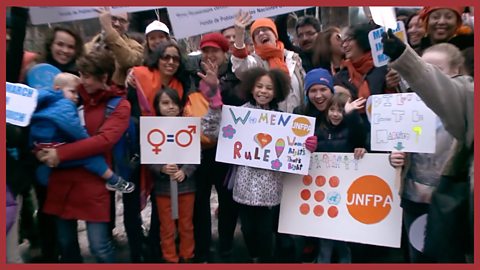In short...
Themes: celebrating special days; the Celtic festival of Samhain; the customs and traditions of Halloween.
Summary: This assembly celebrates Halloween, which falls on 31 October each year. The video begins by tracing the origins of Halloween to the ancient festival of Samhain - a day when Celtic tribes believed that spirits wandered the earth. When Christianity spread across Europe Samhain became All Hallows' Day, but the traditions of Samhain remained popular on All Hallows' Eve. The video then goes on to explore some of the fun activities associated with Halloween in the present day.
Resources: The , and .

The video
The origins of Halloween are truly ancient. Celtic tribes that settled in Britain celebrated Samhain, a festival marking the end of summer and the start of the long, dark winter. They believed that at Samhain a door between the real world and a spirit world was thrown open and spirits could wander the earth.
When Christianity spread across Europe Samhain was replaced by All Hallows' Day (or All Saints' Day) and the evening before became known as All Hallows' Eve. Many of the traditions of Samhain continued on All Hallows' Eve - which eventually became known as 'Halloween'.
So Halloween has its origins in religious celebrations dating back thousands of years; but today, for most people, it is an opportunity to dress up, have some spooky fun and play games.
Duration: 4' 02"
Final words: 'Happy Halloween!'
Video questions
- What is the name of the Celtic festival that predates Halloween? (Samhain - pronounced 'SOH-in')
- What did the Celts believe could happen at Samhain? (That spirits and ghosts could pass from their world into our world)
- What Christian holy day replaced Samhain? (All Saints' Day / All Hallows' Day)
- What was the name given to the evening before All Hallows' Day (All Hallows' Eve - from which we get 'Halloween')
- What traditions of Halloween date back to earlier times? (Dressing up in disguised / 'trick or treating' / preparing special food / carving pumpkins and other vegetables)

Key links
Download / print the assembly framework ready for use
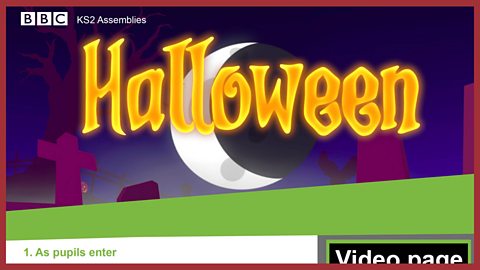
Click to display the image full-size

Click to display the image full-size
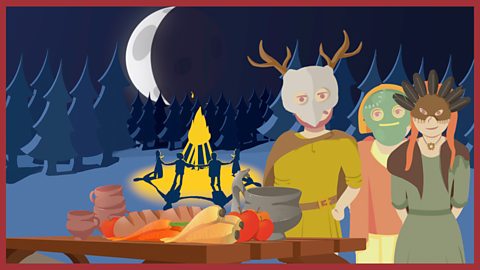

Suggested framework
1. Entry
There are several songs that are popular at Halloween!
2. Introduction
Tell the assembly that today they will be finding out about the origins of Halloween. Explain to the group that this is a celebration that has been happening for thousands of years, but which has evolved over time. While they watch the video, ask pupils to think about how some of Halloween’s traditions have changed over the years.
3. The video
Play the video. The duration is 4' 02" and the final words are: 'Happy Halloween!'
4. Time to talk
Ask the assembly: Please turn to the person next to you and tell them your favourite thing to do to celebrate Halloween.
Then lead a discussion about the video to consolidate pupils' understanding of Halloween and the significance of its origins.
- Can you remember who the first people were to celebrate on Halloween? (The Celts)
- Why did the Celts celebrate Samhain ('SOH-in') at that particular time? (It was their new year, marking the end of harvest time and the beginning of a long cold winter). Wait for responses. Follow up with: What did they believe happened over the new year? (The boundaries between worlds became blurred and spirits could come into our world)
- Can you remember some of the things that the Celts did to celebrate Samhain ('SOH-in')? (Lit bonfires / left offering of food and drink / wore masks as disguises)
- Who can remember the names of the days that came to replace Samhain ('SOH-in') when Christianity spread across Europe? (All Saint’s Day / All Hallows’ Day / All Hallows’ Eve)
- How were 'trick or treating' and carving pumpkins different in the past? (Trick or treating involved reading poems or jokes for gifts or treats; other vegetables were also carved, including turnips and beetroots)
5. Time to sing
Suggestions from ≥…»ÀøÏ ÷ collections below.
6. Opportunity for reflection
Focus your reflection on the long history of Halloween traditions. For example:
Sit quietly now and in the stillness think about how the fun things we do today have been done in different ways for thousands of years…
For the ancient Celts, the New Year Samhain ('SOH-in') celebrations were very important, marking the change of the year and a time to consider the hidden dangers just out of sight…
Christian people celebrated in a similar way, but for a different reason. Instead of warding off evil spirits, they took the opportunity to honour the saints of the Christian church…
Today, many of us have fun on Halloween without needing a reason. But the things we do are based on ancient traditions…
7. Opportunity for prayer
Begin with your usual form of address ('Dear God', 'Dear Lord'. 'Let us pray', etc) and:
Thank you for the opportunity to celebrate on Halloween.
Today we can enjoy a night of spooky fun, thanks to the traditions that have been passed down over many generations.
Help us to remember the significance of Samhain ('SOH-in') and All Hallows’ Eve, and to stay safe and have fun this Halloween.
Amen.

Suggested songs
'God is watching over you' (All about our school, no 7)
God is watching over you,
When you lay down to sleep,
When you wake he will keep
Always watching over you,
Now and forever more.God is watching over you,
When you lay down to sleep,
When you wake he will keep
Always watching over you,
Now and forever more.
Now and forever more.
Song: 'We will grow' (All about our school, no 10)
(Chorus)
We will grow
And share with each other,
We will show
That we care for one another,
‘Cos we know
We are sisters and brothers in the eyes of God above.
We are growing together in love.
- Some things grow very quickly,
Sometimes they’re very slow.
Sometimes you can see What they’re going to be,
Sometimes you just don’t know.
(Chorus)
We will grow
And share with each other,
We will show
That we care for one another,
‘Cos we know
We are sisters and brothers in the eyes of God above.
We are growing together in love.
- Sometimes it seems like magic
That happens every day.
But it’s all been planned,
Made by God’s own hand,
‘Cos creation it works that way.
(Chorus)
We will grow
And share with each other,
We will show
That we care for one another,
‘Cos we know
We are sisters and brothers in the eyes of God above.
We are growing together in love.
We are growing together in love.
We are growing together in love.
Song: 'While we live we learn' (All about our school, no 3. Vocal version)
While we live we learn, (while we live we learn,)
While we learn we grow, (while we learn we grow,)
And the more we grow, (and the more we grow,)
So the more we know, (so the more we know,)
And the more we know, (and the more we know,)
Then the readier we will be
For all life's big adventures
And all life's mysteries.
While we live we learn, (while we live we learn,)
While we learn we grow, (while we learn we grow,)
And the more we grow, (and the more we grow,)
So the more we know, (so the more we know,)
And the more we know, (and the more we know,)
Then the readier we will be
For all life's big adventures
And all life's mysteries.
For all life's big adventures
And all life's mysteries.

Other films from this collection
Bonfire Night. collection
KS1/KS2. Celebrating Bonfire Night; Guy Fawkes and the Gunpowder Plot of 1605; fire safety.
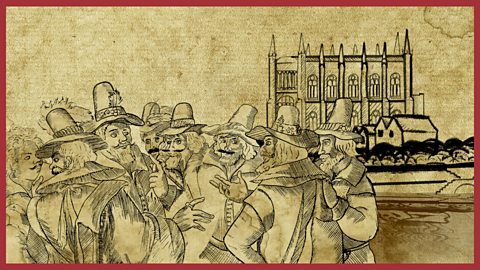
Remembrance Day. collection
KS1/KS2. Remembrance Day (11 November) and Remembrance Sunday; showing respect; the sacrifice of others.
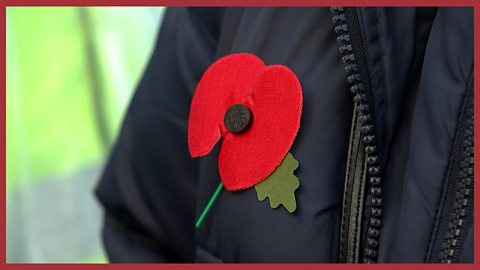
International Women's Day. collection
KS2: Celebrating International Women's Day (8 March); equality; education; courage; respect.
